Entry Requirements
What is an aeronautical engineer? – 96 A-level points from three A-levels to include Mathematics and Science (General Studies and native language A-levels are not accepted)
– 96 points from a BTEC Extended Diploma (180-credit award) in an engineering subject to include Unit 28 – Further Mathematics for Engineering Technicians
– Plus: five GCSEs A*–C (or comparable numeric score under the newly reformed GCSE gradings which must include English Language, Mathematics and a science or technology subject).
– Access to HE in Engineering with 60 Credits at Level 3 plus GCSE requirements
– Foundation Course in Engineering with 120 credits at level 3 plus GCSE requirements
BTEC subjects accepted:
– Aerospace Engineering
– Mechanical Engineering
– Electrical Engineering
– Electronic Engineering
– BTEC in Technology & Computing is not considered due to lack of Mathematics & Science.
– Key Skills Level 2 Communication and/or Application of number, IGCSE English as a second language; Adult Literacy/Numeracy are not accepted.
About Aircraft Engineering
For more detailed information on how to obtain a Part 66 Licence please visit the European Aviation Safety Agency (EASA) (see Implementing Rules – Part 66) and Civil Aviation Authority (CAA)websites.
How much does an aeronautical engineer earn in the UK?
The average pay for an Aeronautical Engineer is £31,849 per year. A skill in Aerospace is associated with high pay for this job. Most people move on to other jobs if they have more than 20 years’ experience in this field. There are many different fields within Aeronautical Engineering so the above is an average pay. Please see PayScale.com for more information
How to get an EASA Part-66 Licence?
There are two basic routes to an EASA license: the self-starter route and the EASA Part-147 approved course route
To complete the self-starter route you need to study for the EASA examinations associated with the category of license you are seeking and then sit the exams at an approved EASA examination center. To gain the knowledge needed to take the examinations, you can self-study or complete short courses or distance learning courses; a lot of providers are available and these can be found on the internet. If you follow this route, you will need to gain five years of maintenance experience in the appropriate category of aircraft in addition to passing all of the examinations before you can apply for a license.
The EASA Part-147 approved course route. Part-147 approved courses are typical of two to three years duration. However, once you have completed the course, you only need to obtain two years’ maintenance experience before applying to the CAA for your B Licence. Another benefit of this route is that the EASA assessment will normally be part of the course and based on the material you are taught. Also, when you are trying to get a job to obtain the required work experience, you are applying from a position of strength, having completed a worldwide, industry-recognized course.
- In order to get an EASA Part-66 AML (Aircraft Maintenance License), an applicant needs:
- Basic knowledge (66.A.25);
- Basic experience (66.A.30).
- In order to get TR endorsed in the AML, an applicant needs:
- Type Training (Theoretical and Practical) (66.A.45)
- OJT for the first TR (66.A.45).
Aircraft Engineering: How do I become a licensed aircraft engineer?
Categories of license and the routes to gaining them:
Category B is the mainstay license qualification for aircraft maintenance staff under EASA. Category B Licences are available in two main categories:
- B1 – mechanical (aircraft structure, powerplant and mechanical and electrical systems) which is divided into four sub-categories.
- B2 – avionics (communications, navigation, radar, instrument and electrical systems).
NOTE: Aircraft groups are described in 66.A.5.
These schemes do not override Part-66 requirements nor capture all the possibilities (various licences, educations and experiences). The start and end of each phase can vary depending on individual cases.
For further and detailed information:
- Refer to Part-66 and related AMC/GM; and
- Consult the Competent Authority where you intend to apply for the AML.
NOTE:
An aircraft maintenance license issued by a country other than EASA Member States cannot be rendered valid as EASA Part-66 AML.
NOTE:
Part-66 licenses issued by the countries other than EASA Member States are not mutually recognized in the European system.
The following two schemes depict the most common paths and are for information only.
The first scheme applies to Group 1 aircraft (B1 and B2 license categories).
The second scheme applies to other than Group 1 aircraft (B1 and B2 license categories).























